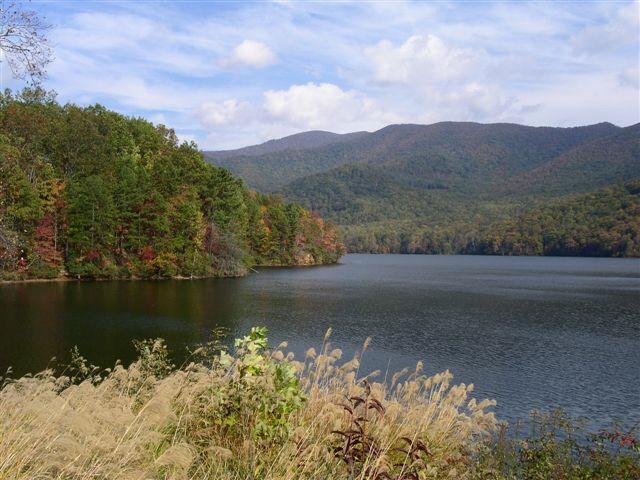By Jade Dundas
Asheville Water Resources Director
The City of Asheville is getting calls about water supply and conservation. This recent interest is understandable, given the very low amounts of rain that we have received throughout the year, the recent severe drought designation for the region, and that some of our neighboring communities are asking residents to start voluntary conservation efforts. To be clear, the City of Asheville has not requested even voluntary water conservation. In any season or situation, however, we ask our customers to be smart consumers.
Like our neighbors, Asheville Water Resources is watching the water supply very closely. Fortunately, at this time, we have not hit any of our conservation triggers.
As a smart consumer, you may wonder what conservation triggers are and how are they calculated. Different communities have different triggers for conservation and there are also different conservation requirements. Asheville has three levels of conservation.
- Voluntary: At this level residents are asked to conserve water by making smart choices when it comes to water usage. You may already take steps to reduce water usage, like running full loads in the dish and clothes washer, limiting grass and garden watering and taking shorter showers. Other measure include installation of low-flow fixtures. While changing plumbing is not a short-term fix, these are smart choices you can make when making upgrades around the house.
- Mandatory: This level of conservation seeks to achieve reduction in demand through many of the same activities that are recommended to achieve voluntary water reductions. The difference in the two requirements is the mandatory conservation bans irrigation and other nonessential outdoor water uses, like washing the car.
- Emergency: The third level of conservation is deemed emergency and customers are expected to modify water use in an attempt to save 25% of their individual normal consumption. This level of conservation bans all discretionary water use and limits consumption to public health and safety, including firefighting. This means that customers must limit usage to things such as drinking, cooking, sanitation and personal hygiene.
Water models and how they factor into decisions
There is a lot to think about as it relates to conservation and the City’s action plan. You may wonder what triggers the actions and the various levels of conservation.
The Water Resources Department uses a water model that considers data such as expected rainfall, runoff potential and water demand to predict the lake levels in the North Fork reservoir 10 weeks ahead. If the model indicates that there is a 20% chance of the reservoir level being 31 feet below full, voluntary conservation is triggered. The second and third triggers use the same modeling tool but are triggered at lower lake levels.
Throughout the last month the model has been run weekly. This frequency is being used to ensure that conservation is enacted as soon as the model indicates it is necessary. Normally this model is run once a month. Running the model monthly allows the department to keep track of the seasonal variations in the lake levels and keep a long-term outlook on the threat imposed by extended dry weather.
Seasonal factors
Although lack of rain is the most obvious factor leading to drought the season of the year also has an impact. During the spring, summer and early fall more rain is absorbed by the vegetation in the watershed and more rain is required to make an impact on the lake level. In the winter, when the leaves are off the trees and the ground is bare, the runoff in the watershed is much greater which causes lake levels to rise much more quickly. All of this is important in considering the long-term impact of the drought.
Historically the fall is the dry period and lake levels drop. The winter, however, provides the rain necessary to replenish the reservoir and the limited vegetative cover allows most of the rain that falls on the watershed to reach the lake.
The hope is that the perennial cycle of dry weather followed by rain will repeated again this year providing with the moisture needed to replenish our supply. Until the rain comes Water Resources is keeping a close eye on the lake levels and will keep the water customers informed of changes in the conservation requirements. Until a trigger is met, there is no requirement for conservation but customers are always asked to use water wisely.
